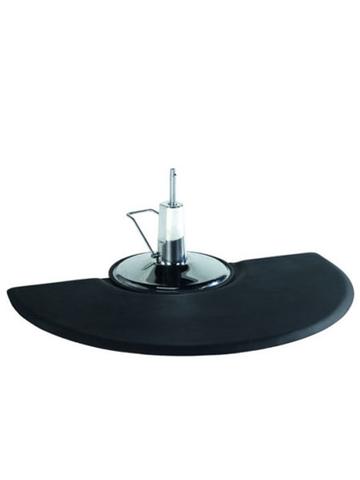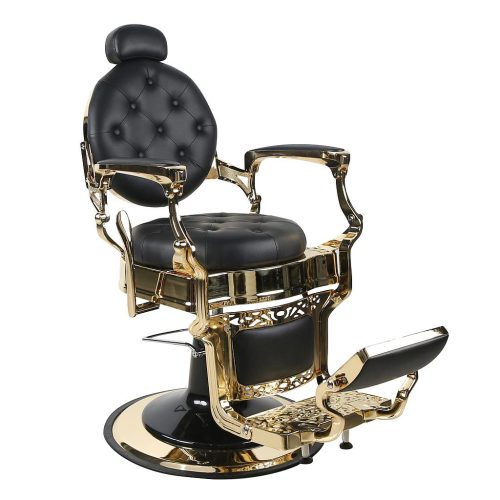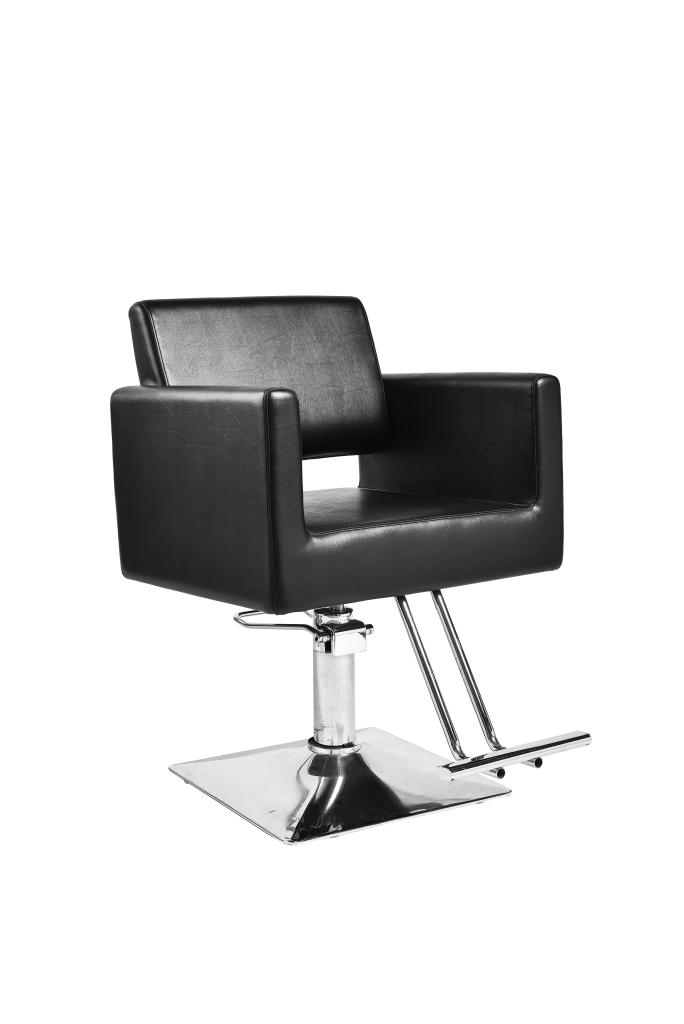Best Price on Salon Furniture & Equipment in Canada.
 Accessories & Parts
Accessories & Parts Anti-Fatigue Mats
Anti-Fatigue Mats Barber Chairs
Barber Chairs Barber Pole
Barber Pole Beds & Massage Table
Beds & Massage Table Color Bar
Color Bar Manicure Table
Manicure Table Master Stools
Master Stools Reception Desk
Reception Desk Salon Cabinets
Salon Cabinets Shampoo Unit
Shampoo Unit Skin Treatment Machine
Skin Treatment Machine Spa and Pedicure Chair
Spa and Pedicure Chair Steamers & Dryers
Steamers & Dryers Styling Chairs
Styling Chairs Styling Stations
Styling Stations Towel Warmer & Sterilizer
Towel Warmer & Sterilizer Trolleys
Trolleys Waiting Chairs
Waiting Chairs
New Arrivals
Sale Products
 Accessories & Parts
Accessories & Parts Anti-Fatigue Mats
Anti-Fatigue Mats Barber Chairs
Barber Chairs Barber Pole
Barber Pole Beds & Massage Table
Beds & Massage Table Color Bar
Color Bar Manicure Table
Manicure Table Master Stools
Master Stools Reception Desk
Reception Desk Salon Cabinets
Salon Cabinets Shampoo Unit
Shampoo Unit Skin Treatment Machine
Skin Treatment Machine Spa and Pedicure Chair
Spa and Pedicure Chair Steamers & Dryers
Steamers & Dryers Styling Chairs
Styling Chairs Styling Stations
Styling Stations Towel Warmer & Sterilizer
Towel Warmer & Sterilizer Trolleys
Trolleys Waiting Chairs
Waiting Chairs
Unlocking Success: 11 Essential Steps to Craft Your Salon Business Plan
Starting a salon business is an exciting venture, but it’s important to have a clear roadmap for success. A well-structured salon business plan can be your guiding light, helping you navigate through the challenges and opportunities that come your way. Whether you’re a seasoned stylist or a newcomer to the beauty industry, here are ten crucial steps to create an effective salon business plan:
1. Define Your Salon’s Vision and Mission
Your vision defines where you want to take your salon, while your mission statement outlines the core purpose and values of your business. Begin your business plan by clarifying these foundational elements.
2. Market Research and Analysis
Understanding your target market is essential. Conduct thorough market research to identify your ideal clientele, competition, and local demand for salon services. This information will help you tailor your offerings and marketing strategies.
3. Choose Your Salon’s Location
Location can make or break a salon business. Consider foot traffic, accessibility, and proximity to your target market. Your salon’s location should align with your brand and the services you offer.
4. Design Your Salon’s Layout and Décor
Create a layout that maximizes space efficiency and provides a pleasant atmosphere for clients. The design and decor should reflect your salon’s brand and the experience you want to offer.
5. Furniture Buying
Selecting the right furniture for your salon is crucial. Invest in comfortable, stylish, and functional salon chairs, stations, and waiting area furniture. The right furniture enhances the overall client experience and adds to the aesthetics of your salon.
6. Outline Your Services Menu
Clearly list the services you’ll offer, along with pricing. This includes haircuts, styling, color treatments, skincare services, and any specialty offerings unique to your salon.
7. Staffing and Training
Determine how many employees you’ll need, including stylists, assistants, and front desk staff. Outline your hiring and training processes to ensure your team embodies your salon’s values and standards.
8. Marketing and Promotion
Develop a comprehensive marketing strategy to attract and retain clients. This may include a website, social media presence, promotions, and partnerships with local businesses.
9. Financial Projections and Budgeting
Create financial projections for your salon business, including startup costs, monthly expenses, and revenue forecasts. A clear financial plan is essential for securing funding and managing your salon’s finances effectively.
10. Legal and Regulatory Compliance
Understand the legal requirements for your salon, including licenses, permits, and health and safety regulations. Ensure you’re in compliance to avoid legal issues down the road.
11. Track Progress and Set Goals
Your salon business plan isn’t static; it should evolve as your business grows. Set specific, measurable, achievable, relevant, and time-bound (SMART) goals, and regularly review and update your plan to stay on track.
In conclusion, creating a salon business plan is a crucial step in building a successful salon. It provides a roadmap to navigate the beauty industry and achieve your business goals. Whether you’re starting a new salon or looking to improve an existing one, following these ten steps will help you create a salon business plan that sets you on the path to success.
Recent Posts
Categories
- barber chair
- barber chairs
- Barber Chairs Toronto
- Barber Furniture
- barber styling stations
- Cheap Salon Furniture
- Cheap Salon Furniture Halifax
- Decoration
- Design trends
- Furniture
- Salon beds
- Salon Equipment
- Salon Equipment Halifax
- Salon Equipment Montreal
- salon equipment regina
- Salon Furniture
- Salon Furniture Alberta
- Salon Furniture Brampton
- Salon Furniture Buying Tips
- Salon Furniture Canada
- Salon Furniture Edmonton
- Salon Furniture Halifax
- Salon Furniture Maintenance Tips
- Salon Furniture Montreal
- salon furniture on sale
- salon furniture packages
- salon furniture regina
- salon furniture sk
- salon furniture st.johns
- Salon Furniture Toronto
- Salon Furniture Vancouver
- salon furniture Winnipeg
- Salon Massage Tables
- Salon Outlet
- Salon Shampoo Units Tips
- salon styling chairs
- shampoo units
- styling stations
In order to provide you a personalized shopping experiences our site uses cookies. cookie policy.
No products in the cart.




















